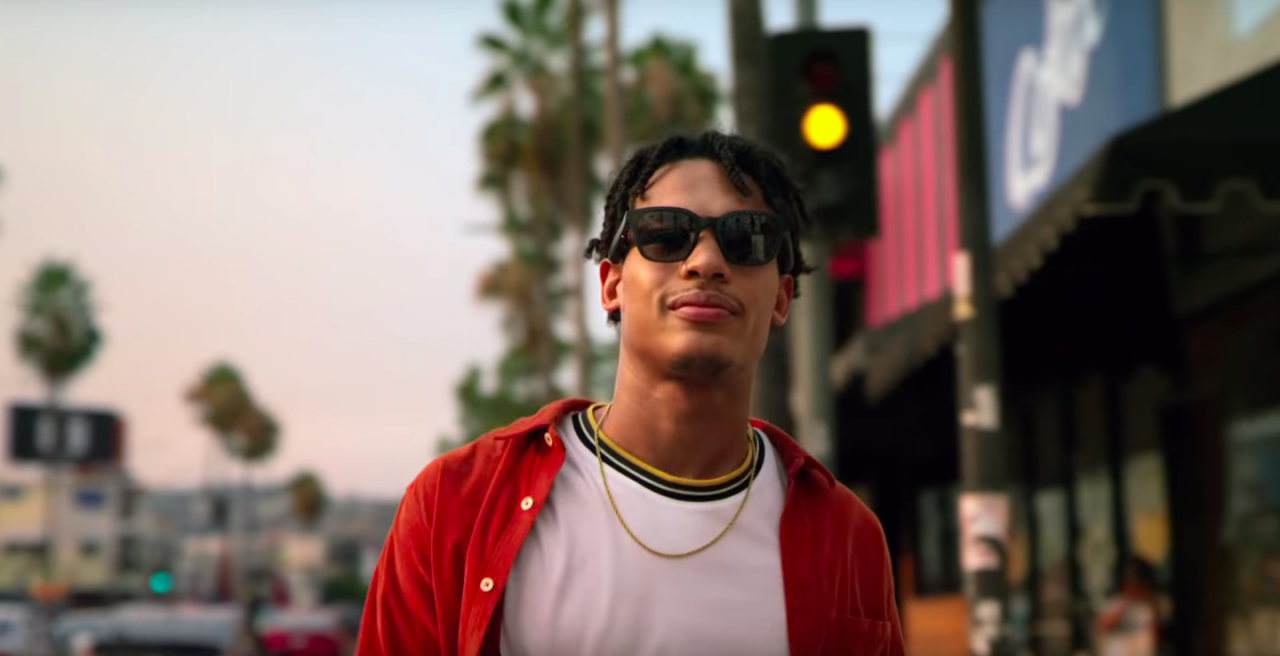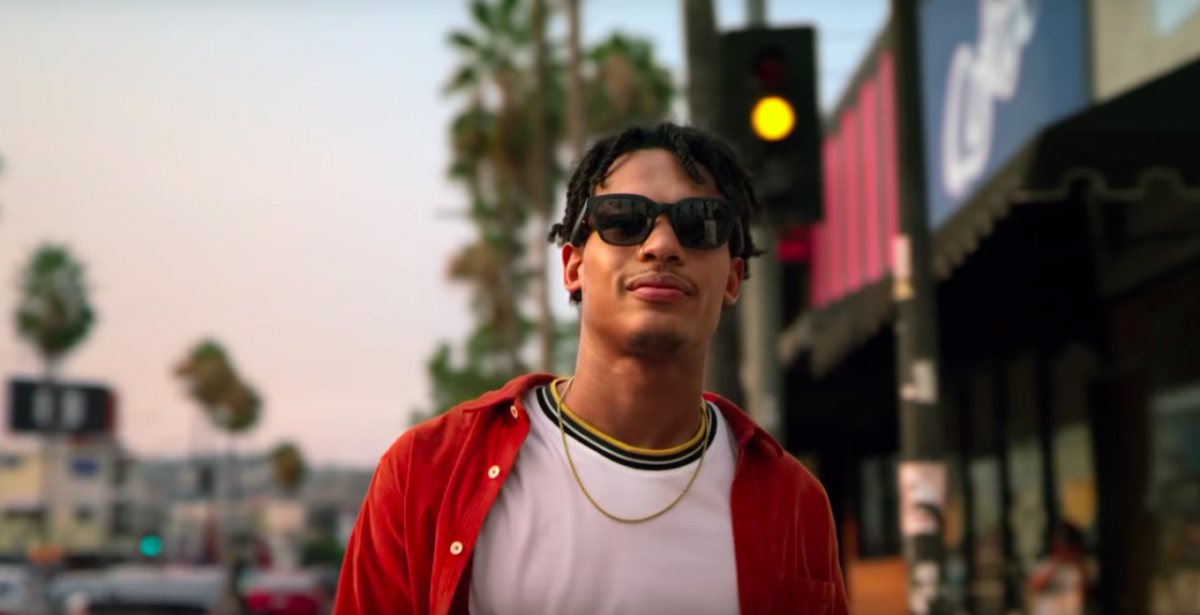
Bose is generating buzz around a global rollout of its sunglasses-headphone hybrid in SXSW this week. Yet the Frames activation is really a storefront for its pitch to potential brand partners that could utilize and bolster its audio augmented reality technology.
Housing a microphone and miniature speaker system inside the temples of the glasses, Bose Frames are the tech brand’s first step into wearable territory. Two designs — the rectangular Alto and the rounder Rondo — are currently on offer in Bose stores and on its website, and the brand is gearing up for a global retail launch of the sunglasses in May.
Bose says the sunglasses will allow people to listen to music or spoken word while also being aware of their external surroundings. Example customers include commuters crossing busy roads in the city and hikers looking to enjoy both the sounds of nature and the latest tunes.
The company also plans to market the innovation to “the screen addicts — people who have access to a ton of technology but want to go back to their life a little bit,” said Mehul Trivedi, director of Bose Frames. “You can play, pause, skip and take calls on the device; you don’t have to look down and scroll through.”
The engineer, who cofounded Bose’s San Francisco office in September 2016, explained that his team plans to hurdle the adoption issues associated with Google Glass and Snapchat Spectacles by putting the design process ahead of Bose’s audio capabilities in development, because “we knew it doesn’t matter what it sounds like or what it can do if it’s not wearable.”
Yet housed alongside the easily-digestible consumer product benefits is another feature: the Bose AR head motion sensor. Wearers will be able to connect their Frames to the GPS in their iOS or Android device to connect to their surroundings deeper, without pop-ups appearing in their vision.
It’s this function that Bose believes will attract a raft of partner brands looking to experiment with the idea of reality augmented by audio.
“What we’re trying to do is rethink the concept of augmented reality,” said Trivedi. “We’re just asking, ‘How can I tell you this without making you look at something, or look away?’”
At SXSW, for instance, the brand showcased partnerships with Golfshot and the meditation app Headspace. The latter demonstrated how meditation could be augmented with instructions for guided, assessed head movements, while the golf tech platform showed how golfers looking for the hole on a new course could be guided by an audio beeping, much like the sound played in new car models when the driver is reversing.
The Bose AR system will be built into all of its new products going forward. Crucially, the API is open, meaning individuals and brands can use the technology to build out their own audio AR products. Courting these developers is central to Bose’s SXSW mission this year.
“As creative as we can try to be as a company, being able to leverage the breadth of brilliant people and creative ideas out there is … what will make the customer experience better,” said Trivedi.
“We don’t have to be the sole source of the work and the delight it can bring; we can leverage software on our platform to really amplify it. That’s where we’re moving.”

